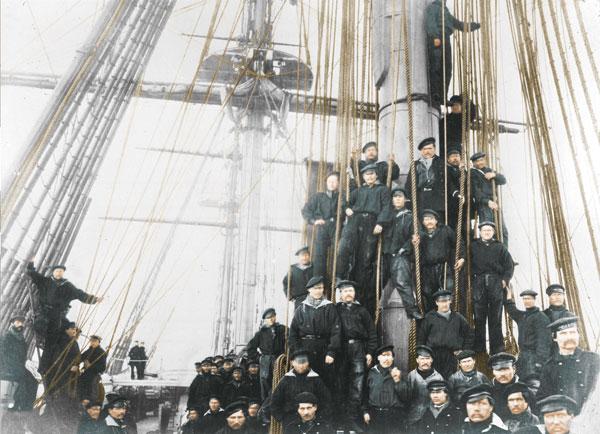


“This statement might be looked back on as the beginning of Cold War Two.” The timing and clarity of the communiqué-amid tensions on Russia’s border with Europe and China’s aggression around Taiwan-will “give historians the kind of specific event that they often focus on.”īeyond security, the declaration also pledged collaboration on space, climate change, the Internet, and artificial intelligence. “This is a pledge to stand shoulder to shoulder against America and the West, ideologically as well as militarily,” Daly said. Although it falls short of a formal alliance, like NATO, the agreement reflects a more elaborate show of solidarity than anytime in the past. But the new and detailed five-thousand-word agreement is more than a collection of the usual tropes, Robert Daly, the director of the Kissinger Institute on China and the United States, at the Wilson Center, in Washington, told me. “There are no ‘forbidden’ areas of cooperation.”Īgreements between Moscow and Beijing, including the Treaty of Friendship of 2001, have traditionally been laden with lofty, if vague, rhetoric that faded into forgotten history. “Friendship between the two States has no limits,” they vowed in the communiqué, released after the two leaders met on the eve of the Beijing Winter Olympics. The world’s two most powerful autocrats unveiled a sweeping long-term agreement that also challenges the United States as a global power, NATO as a cornerstone of international security, and liberal democracy as a model for the world. In their matching mauve ties, Russia’s Vladimir Putin and China’s Xi Jinping last week declared a “new era” in the global order and, at least in the short term, endorsed their respective territorial ambitions in Ukraine and Taiwan.


 0 kommentar(er)
0 kommentar(er)
